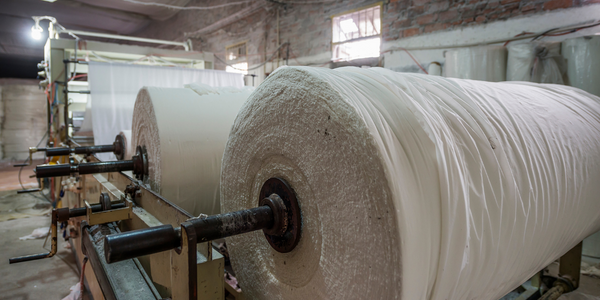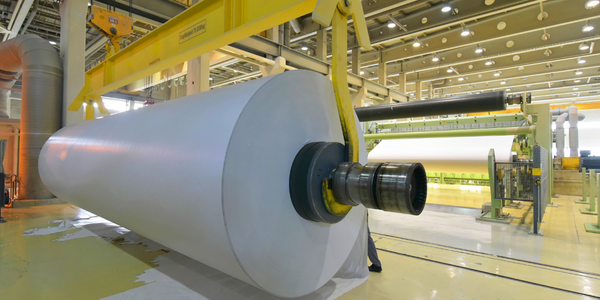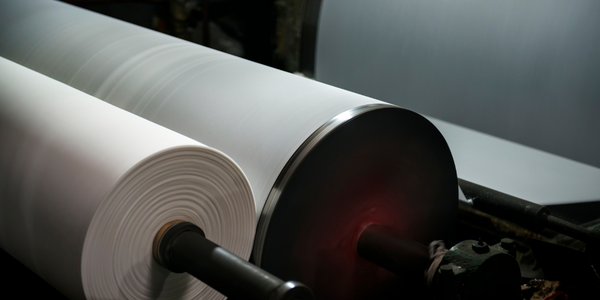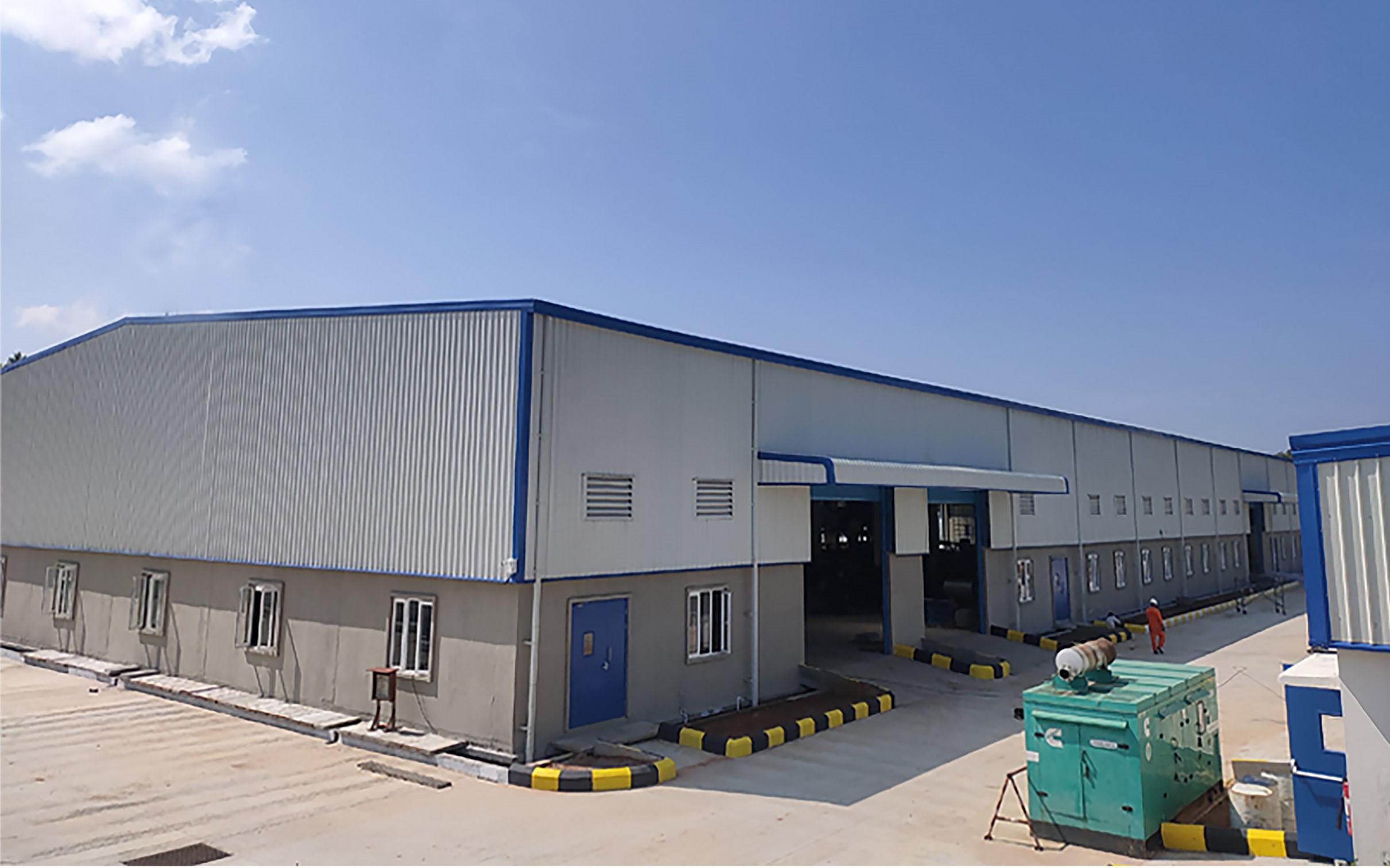Applicable Industries
- Paper & Pulp
Applicable Functions
- Sales & Marketing
About The Customer
The customer in this case study is Kimberly-Clark, a multinational personal care corporation that produces mostly paper-based consumer products. Kimberly-Clark owns the Neve brand, which was the first to introduce two-ply toilet paper in Brazil in 1973. Since its launch, Neve has been committed to providing the best bathroom experience possible. The brand continually strives to innovate and improve its products, as demonstrated by the introduction of Neve Wipes. The 'Metaphors' campaign was a significant part of Neve's efforts to promote these wipes and encourage consumers to use them in conjunction with Neve toilet paper.
The Challenge
Neve, a leading toilet paper brand in Brazil, faced a significant challenge in marketing its two-ply toilet paper and Neve Wipes. The company wanted to demonstrate that using toilet paper alone might not provide the best bathroom experience and that combining it with Neve Wipes could enhance cleanliness. However, conveying this message in a tasteful and engaging manner was a considerable challenge. The company needed to create a marketing campaign that would not only educate consumers about the benefits of using both products but also encourage them to visit the brand's website and interact with the brand on social media.
The Solution
To address this challenge, Neve collaborated with iris, a marketing agency, to create an innovative social media marketing campaign called 'Metaphors.' The campaign involved the production of a film that used various metaphors to illustrate what happens in the bathroom and how toilet paper and wipes work together to deliver perfect cleaning. The film was scored with classical music that built tension and delivered relief, adding an element of sophistication to the campaign. The 'Metaphors' campaign was designed to be engaging and informative, encouraging consumers to combine Neve toilet paper with Neve Wipes for an enhanced bathroom experience. The campaign was also aimed at driving traffic to the brand's website and increasing interactions on social media posts.
Operational Impact
Quantitative Benefit

Case Study missing?
Start adding your own!
Register with your work email and create a new case study profile for your business.
Related Case Studies.

Case Study
Wireless Improves Efficiency in Compressed Air Systems
Hollingsworth and Vose wanted to improve the efficiency of their compressed air system, lower the electricity expense component of manufacturing cost in their commodity industry, and conserve energy leading to lowered greenhouse gas emissions. Compressed air systems degrade over time and become leaky and inefficient. Hollingsworth and Vose wanted to increase the frequency of system inspections without paying the high cost of manual labor.

Case Study
Process Predictive Analysis in Pulp and Paper Mill
Common paper breaks consequently lead up to 60 minutes of downtime, delaying a potential $10K per hour of production value process. Thus, defective products cause financial and damage company's reputation. Improving quality and reducing defect rates can generate millions of dollars of revenue per year for your company.

Case Study
Industrial Video Monitoring for Security and Regulatory Compliance
Because of the Stevenson mill’s proximity to the Tennessee River, WestRock was required by the USCG to comply with the Maritime Security 33CFR (MARSEC) regulations. WestRock needed a video security system but wanted to add other applications not required by the government, such as video process monitoring, condition monitoring, and wireless network management. WestRock needed a reliable video solution to avoid the compliance fines and possible security risks – but the solution needed to be implemented in the most cost-effective manner possible.

Case Study
ECOsine Active Increased Reliability in the Paper Industry
The paper and pulp industry is interlinking intelligent hi-tech machines to highly efficient production lines. Higher power DC and AC motor drives perform the automation tasks. Every kind of interference that negatively affects the reliability and safety of the installation may lead to production downtime and consequently to significant financial losses. AC and DC motor drives are so-called non-linear loads as they draw a nonsinusoidal current from the grid. Resulting harmonics of current and voltage can interfere with the operation of nearby consumers and overload the electrical infrastructure. In this particular application, the load cycles of the drives often caused interruptions in the production process because of disturbances coupling into the fieldbus system.









